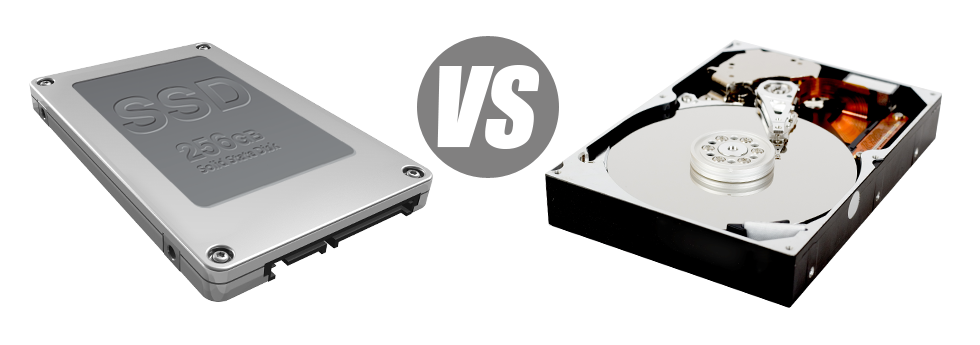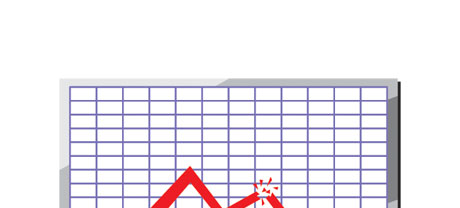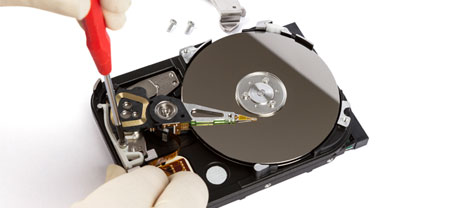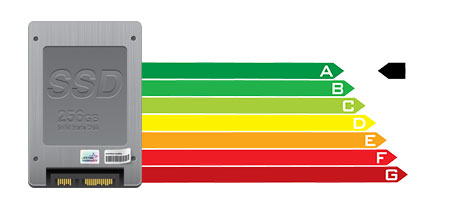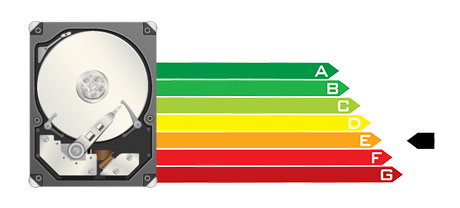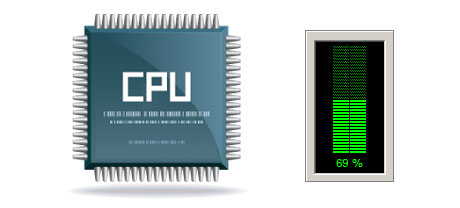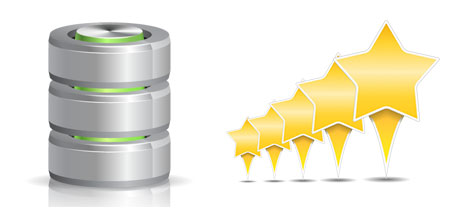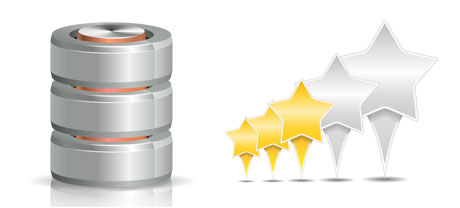If you have a site or maybe an application, rate of operation is very important. The faster your site functions and then the faster your applications perform, the better for everyone. Since a site is simply a number of files that connect with each other, the systems that store and access these files have a crucial role in web site operation.
Hard disk drives, or HDDs, have been, right up until recent times, the most efficient systems for keeping data. However, in recent years solid–state drives, or SSDs, are already becoming popular. Look into our comparison chart to check out whether HDDs or SSDs are more appropriate for you.
1. Access Time
After the introduction of SSD drives, file access speeds have gone tremendous. On account of the completely new electronic interfaces utilized in SSD drives, the common file access time has shrunk to a all–time low of 0.1millisecond.
HDD drives continue to use the exact same general data access technology that’s initially developed in the 1950s. Although it was significantly improved after that, it’s sluggish when compared to what SSDs are offering to you. HDD drives’ file access rate ranges between 5 and 8 milliseconds.
2. Random I/O Performance
As a result of the brand–new revolutionary data file storage strategy incorporated by SSDs, they supply a lot quicker file access speeds and faster random I/O performance.
Throughout HITECH’s trials, all of the SSDs confirmed their capability to deal with no less than 6000 IO’s per second.
Hard drives offer reduced data file access speeds as a result of older file storage and access technique they are making use of. Additionally they exhibit much sluggish random I/O performance compared to SSD drives.
During our trials, HDD drives managed on average 400 IO operations per second.
3. Reliability
SSD drives do not have any kind of rotating elements, meaning that there is much less machinery inside them. And the fewer actually moving parts there are, the lower the probability of failure are going to be.
The normal rate of failure of any SSD drive is 0.5%.
For the HDD drive to operate, it needs to rotate two metallic hard disks at a minimum of 7200 rpm, holding them magnetically stable in the air. There is a massive amount moving elements, motors, magnets as well as other tools stuffed in a small place. Therefore it’s obvious why the normal rate of failure of an HDD drive varies among 2% and 5%.
4. Energy Conservation
SSD drives are much smaller compared to HDD drives as well as they do not have just about any moving components at all. This means that they don’t generate so much heat and need significantly less energy to operate and much less energy for cooling reasons.
SSDs consume amongst 2 and 5 watts.
From the minute they were created, HDDs were always very electricity–ravenous products. When you have a server with a couple of HDD drives, this can add to the per month electricity bill.
On average, HDDs consume between 6 and 15 watts.
5. CPU Power
SSD drives enable speedier file accessibility speeds, which, in return, allow the CPU to finish file requests much quicker and afterwards to go back to different duties.
The average I/O wait for SSD drives is 1%.
When compared with SSDs, HDDs enable not so quick data accessibility rates. The CPU will have to wait for the HDD to come back the demanded data file, reserving its allocations while waiting.
The normal I/O delay for HDD drives is around 7%.
6.Input/Output Request Times
In real life, SSDs operate as wonderfully as they did in the course of HITECH’s testing. We produced a full system backup using one of our production machines. Over the backup process, the normal service time for any I/O requests was basically below 20 ms.
With the same hosting server, but this time loaded with HDDs, the results were very different. The common service time for an I/O query fluctuated in between 400 and 500 ms.
7. Backup Rates
One more real–life improvement is the rate with which the backup was created. With SSDs, a hosting server backup now can take under 6 hours using HITECH’s hosting server–optimized software solutions.
In contrast, with a server with HDD drives, a similar backup can take three or four times as long in order to complete. A full backup of an HDD–powered hosting server often takes 20 to 24 hours.
The VPS plans and our typical shared hosting accounts include SSD drives automatically. Be a part of our family here, at HITECH, to see the way we just might help you enhance your website.
Hepsia
- Live Demo
Service guarantees
- Sign up now. There won’t be any configuration charges you’ll also find total root access to the server. 99.9% network availability is warranted.
Compare our prices
- Have a look at our prices and choose the right Virtual Private Server for your powerful web sites. You can easily migrate to a more advanced VPS plan with only a mouse click.
- Compare our hosting plans
Contact Us
- Get in touch with us 24/7/365 by email or by using our really–fast ticketing platform. Our techs are ready to respond to your requests within just 1 hour.
